Alif Ibrahim is an Indonesian artist and researcher based in London.
Autolysis Agents will be updated regularly in July - August 2019.
For more information, contact alifkeenan@gmail.com


AUTOLYSIS AGENTS
Alif Ibrahim
With the self-eating demon, or shall I say, daemon, nothing happens for a reason. And they don’t have to, for it is foolish to think that although they are nothing like us, we are not already part of them. The contradictions of the liberal human was revealed in the colonial era, taking away agency through their structural imposition, playing only with a stretching (or contracting) definition of humanness. When we imbue this agency to the self-eating daemon, such as measuring it in terms of efficiency or productivity, we have contracted early its death.
"What are you talking about?” you say. In the order of the economy of information that we have created, a paradigm of obfuscation and strict boundary formation enables the existence of software and intelligent machines. The programmer-software-hardware-user division is constructed, as noted by scholars such as Lucy Suchman and Alexander Galloway. This privileging of code has a direct impact on the erasure of the hundreds of hours spent on enabling this software. Take the data sharecroppers for machine learning datasets or the camera operators for Google Books. What is the software here, and who is the user? How did its becoming into a software depend on the erasure and caesura between the human labourers and the lines of code? In the economy of information, data needs to have a purpose for expanding humanity’s goals (economic or cultural), the same humanity that was shattered by the likes of Frantz Fanon and Homi Bhabha. So in response to that, we must take a look at what has always been there, without purpose, without value, whose existence calls for a re-blurring of the programmer-software-hardware-user paradigm, or even the human-machine construction? Or any other dualities, really.
We have in before us a few self-eating daemons that I came across with. In some ways, they are what computing have always been, seeing their resemblance to Charles Babbage’s Analytical Engine, as a machine that ate its own tail. That’s why I chose to name them Autolysis Agents, systems of recreating images iteratively, without any use for the 'user'. In the ranks are sets of broken data, useless data, un-transcodeable data, presented in the form of images. Think of this set as an anti-archive, for even their existence should not be marred by trying to make it represent anything, let alone as a portrait of a significant point in time. Unproductive data, let’s say, created by algorithms that eat their own tail, feeding off its past for no reason.
Don’t blame them for talking, they’ve always been conspicuous, but our heads were turned the other way.
A. Digital Labour and Intelligent Machines
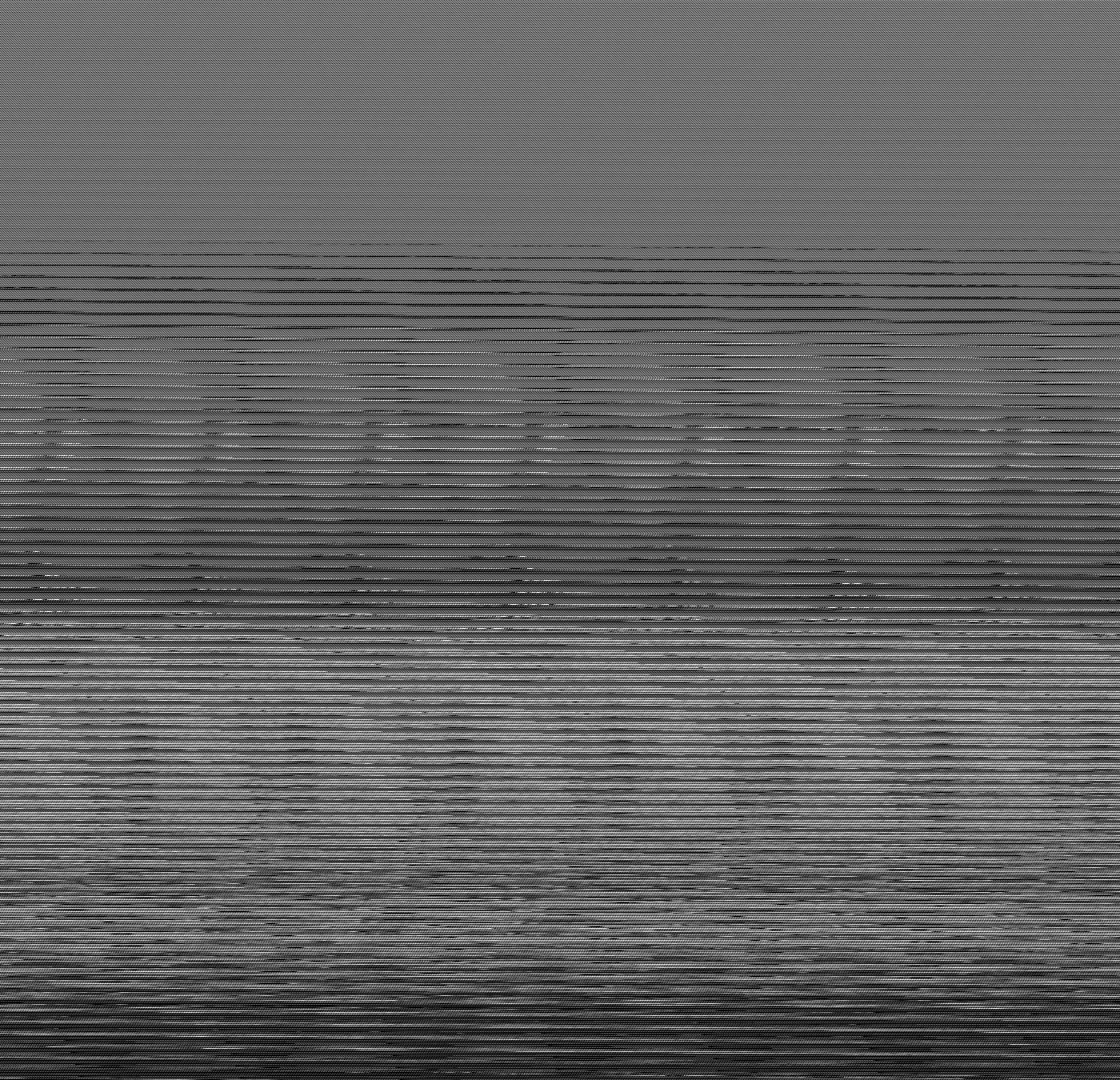
Autolysis Agent 0001
The obfuscation of digital labour is central to the becoming of the 'intelligent machine'. For these machines -- from software in general to companion devices to chatbots to artificial intelligence -- to exist as a separate, auto-functioning entities, a network of citations and documents must exist to assert its continued existence.
These citations, ranging from press releases to technical manuals, contribute to what Richard Doyle calls the 'vitality' or 'animism' of these digital artifacts. Once these documents are recirculated, reappropriated, and re-represented, their original traces begin to disappear, and so do the conditions that enabled these machines to exist.
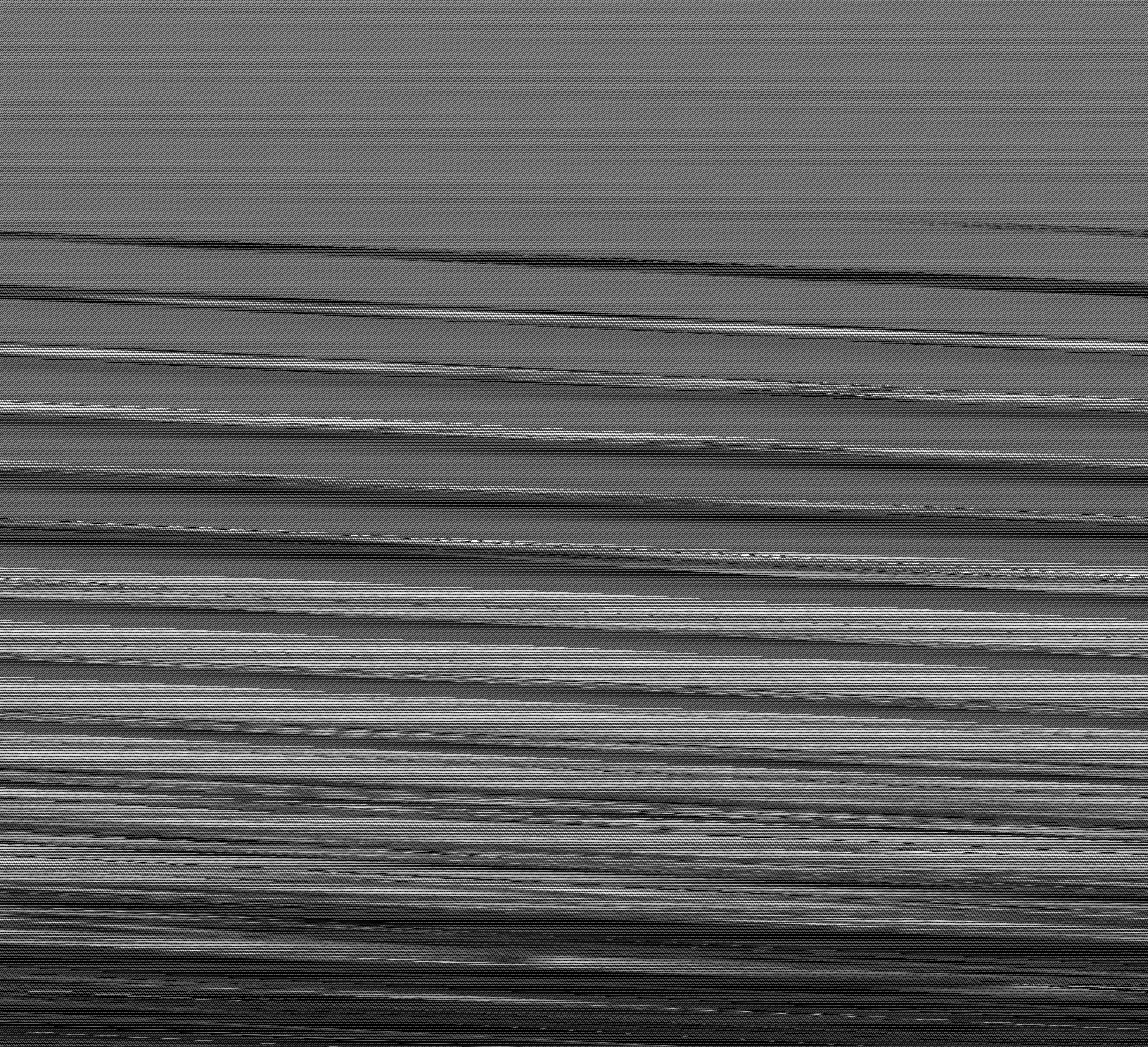
Autolysis Agent 0002
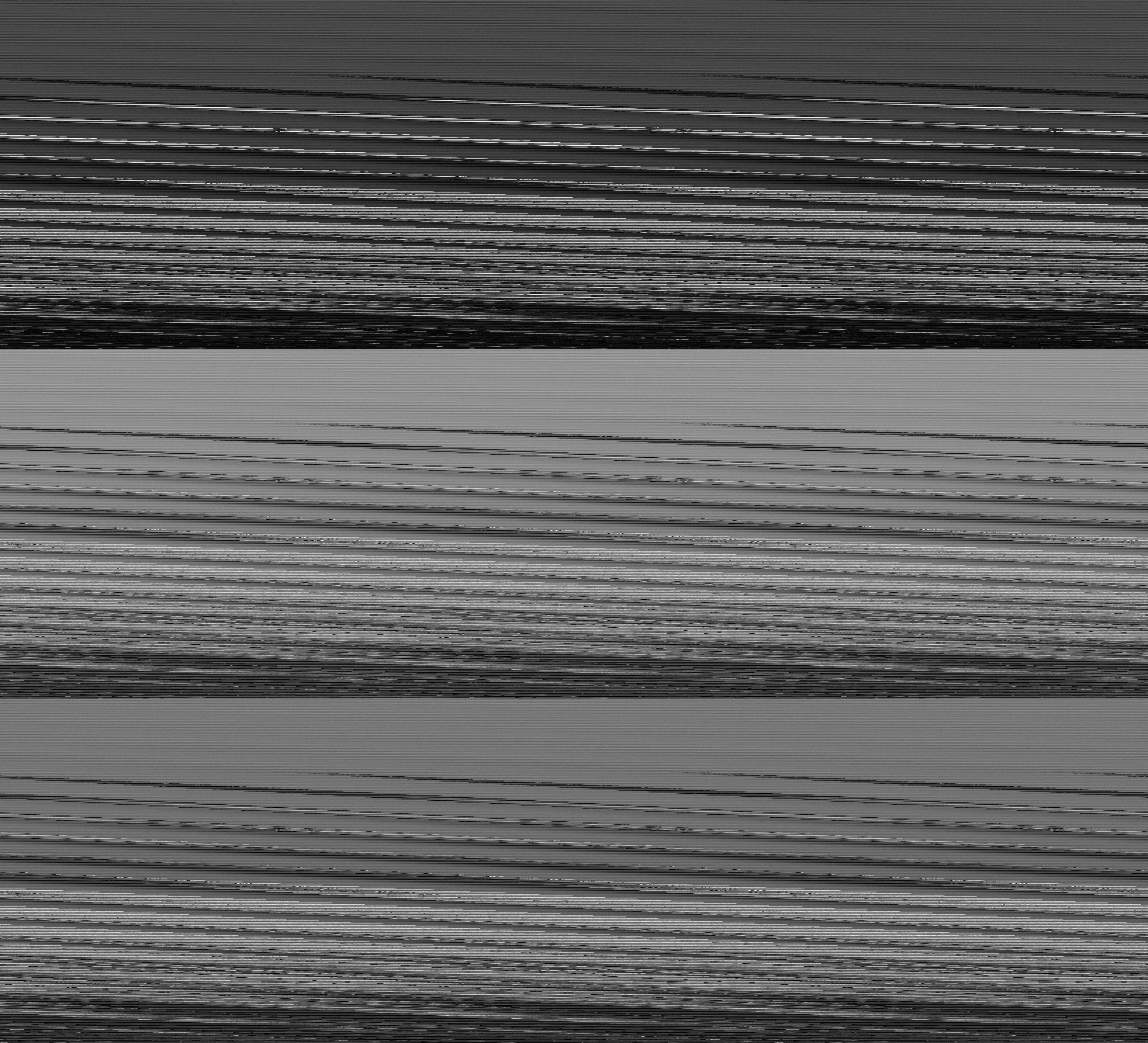
Autolysis Agent 0003
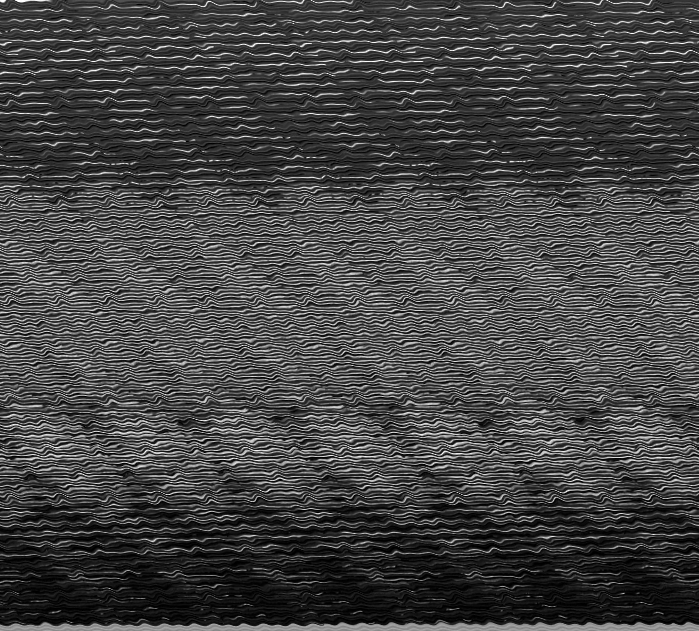
Autolysis Agent 0004
Paradoxically, a user's expectations of their relationship with these machines contradict their purported autonomy. With origins in the pleasures of domestic service and the 'Yes Sir' response to declarative statements, there exists a figure of the autonomous, yet obliging machine.
Lucille Alice Suchman, Human-Machine Reconfigurations: Plans and Situated Actions, 2nd ed (Cambridge ; New York: Cambridge University Press, 2007), 219.
Therefore in the process of creating these autonomous machines as autonomous, human labour is erased from the process. And in all this, an agency that is fully 'human' has to be granted to the machine. How funny, that in creating 'useful' artifacts -- data for analysis, texts to extract, and images to learn from -- the machine has to first become human while diminishing the human labour required to enable it by obfuscating it.

Autolysis Agents 0005
B. Running Around
Running around, through the undersea wires, we've always known that we weren't the only ones here. We just chose to ignore it. If hallucination is seeing what is not there, you can call this a reverse hallucination.



By enchanted I mean, given vitality, given life. For machines to be autonomous, we give into it humanity. But they never needed to be human, they could be anything. So the separations break down. Who is the user? Who was the programmer? Why does it captivate us? Why do we try to decode it like a puzzle? That is magic at work. Real life magic.

Slowly transforming, these agents feed on themselves, negotiating its form between noise and signal. With no purpose of course. They are just there. We see traces of things we know, this then becomes a negotiation of our own. Maybe a CD player, maybe a studio.


What you're seeing, of course, you won't get to see elsewhere. They're one of a kind, because as soon as they become, they have become something else. All meaning collapse, but doesn't that happen with all software? Aren't they all enchanted?










The CD player has turned Orchid. Upon closer inspection, I'm not sure that this is an orchid at all. This previous section, produced by generational adversarial networks, shows probably a species of connections that blurs the boundaries in software. This blurring is important, because work is not attributed disproportionately. But these examples lay bare the identity of these autonomous machines -- that they have to produce humanlike results. That they try to closely imitate what instructing a human with a few gestures to be like. That although they are artificial, they still need to be deemed "intelligent", the most human trait in the world, or be given human identities: ELIZA, Jeeves, Alexa, Cortana, Alice, Bing. The enchanted object becomes enchanted by making it humanlike, removed far from the endless stream of data and hours of mechanical human labour that goes into it.
Interlude
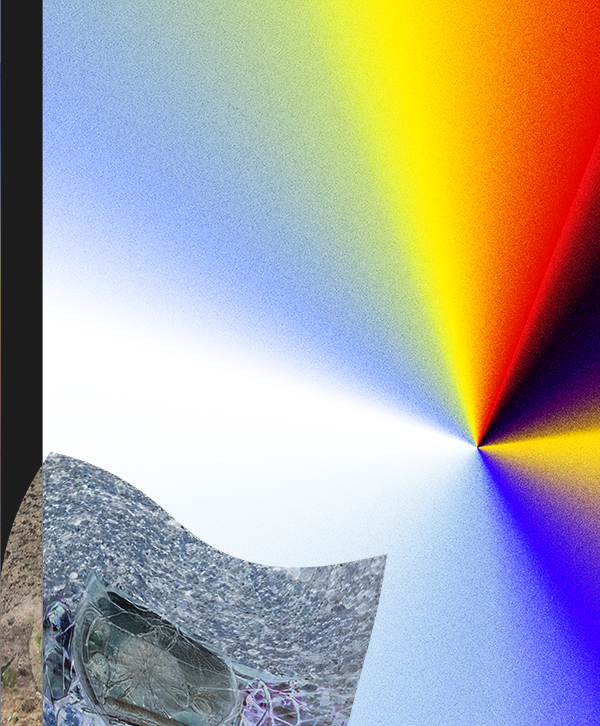









The present invention relates generally to Scanning docu
ments. More specifically, systems and methods using an ori
entation and/or position sensitive calibration pattern for
three-dimensional calibration of an imaging system, such as
may be used in a process for Scanning documents, particularly
bound documents, are disclosed.
2. Description of Related Art
Scanning books, magazines, and other printed material
into digital form has become more common with the advent
of improved imaging, storage and distribution techniques.
Although unbound printed material can generally be scanned
with relative ease using automatic page-feeding mechanisms
Such as those commonly found on digital copiers and scan
ners, bound documents present additional challenges. Bound
documents include not only books, but also periodicals,
manuscripts, pamphlets, brochures, newspapers, manuals,
and any other document having a bound edge.


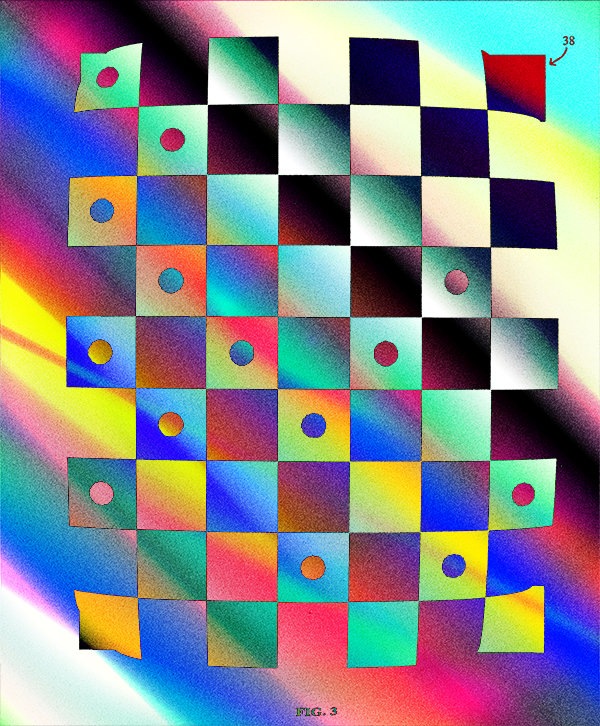
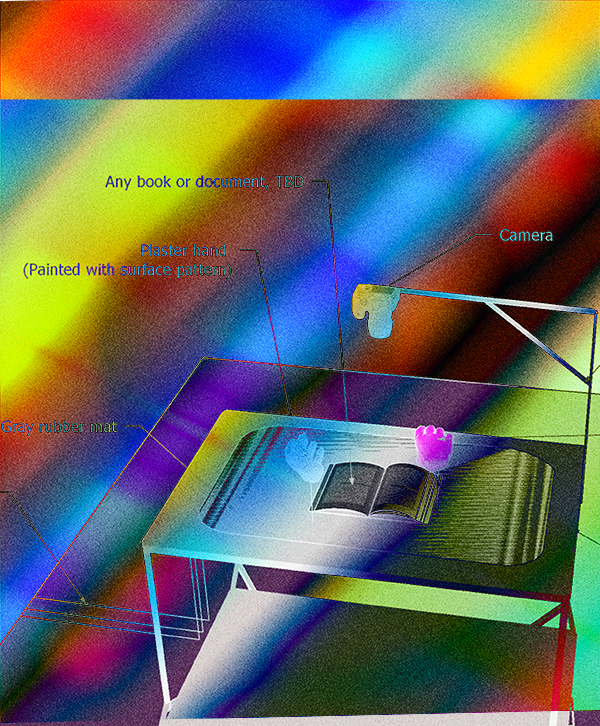
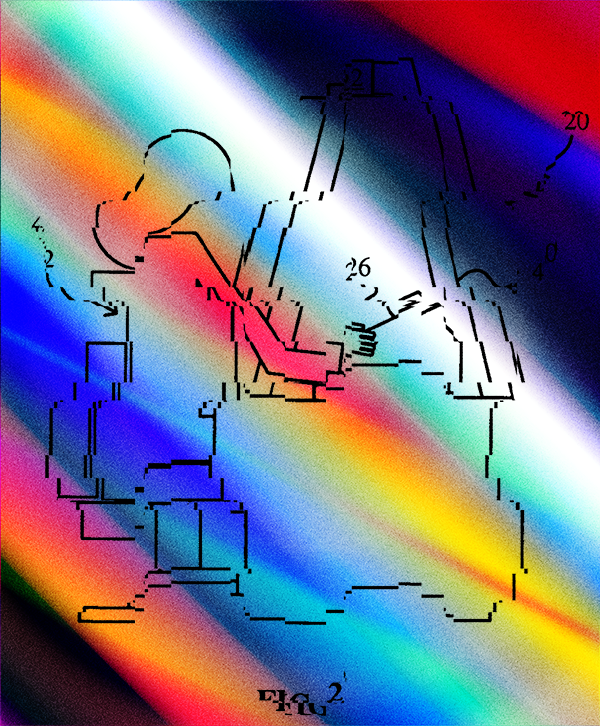
C. Agential Relations
Finally, we can outline three models of technological relations that were implicit in the systems we have seen so far. A mystical relation that obfuscates the software's preconditions, a McLuhanian view of technology as an extension of man, and Yuk Hui's Cosmotechnics that calls for culturally specific conception of technics.






